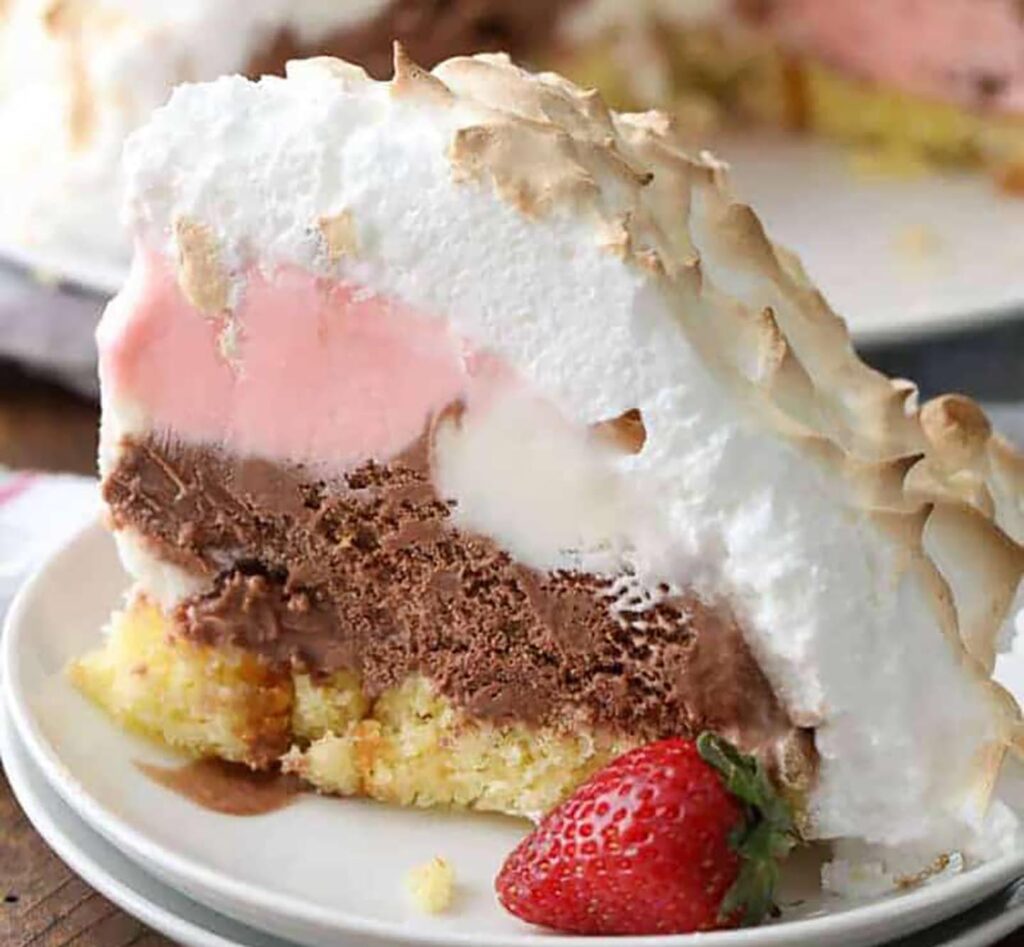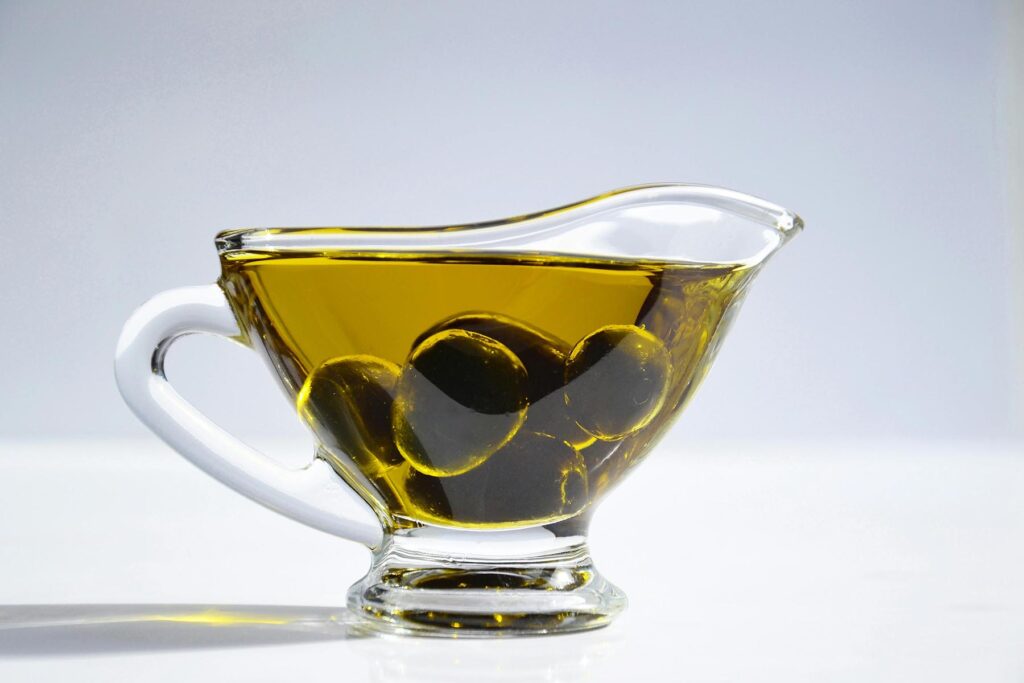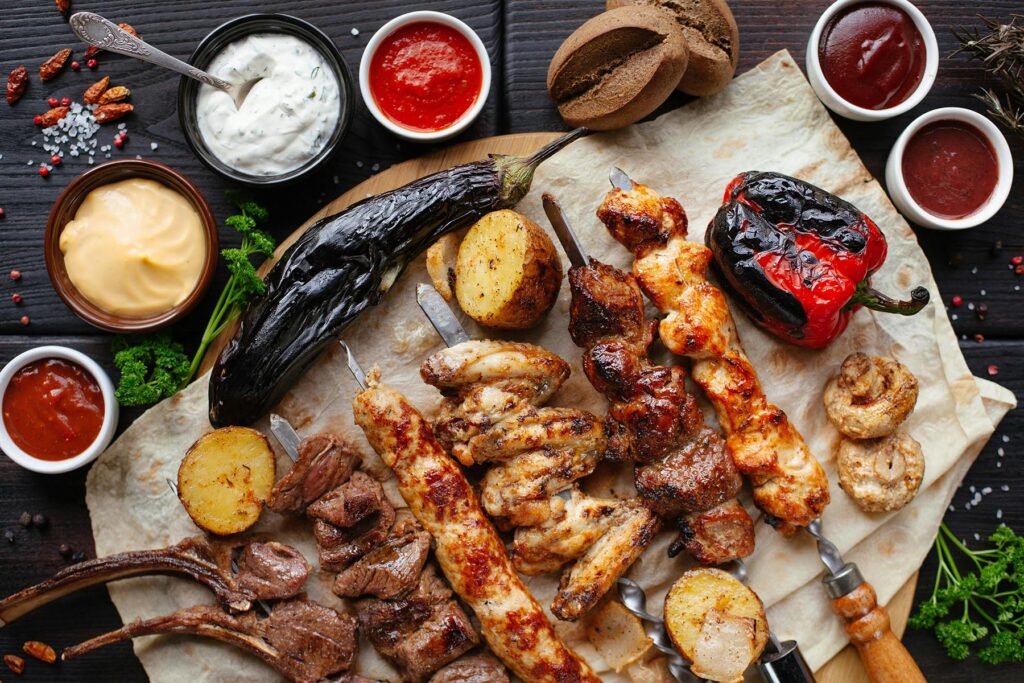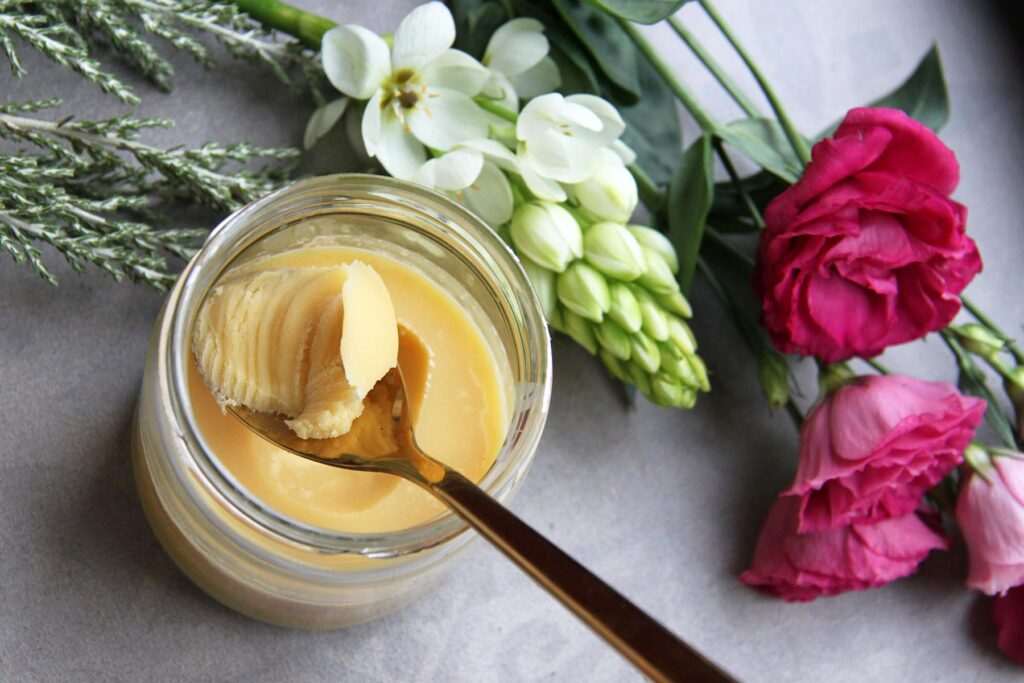
Did you know that February 1st is National Baked Alaska Day? To “celebrate,” let’s explore this unique dessert. Baked Alaska is a classic and visually stunning dessert combining sponge cake, ice cream, and meringue. It is known for its contrasting textures, hot and cold temperatures, and is often served with a drizzle of chocolate sauce or other toppings. Baked Alaska is a showstopping dessert, and its preparation requires careful timing to ensure that the ice cream stays frozen while the meringue is perfectly browned.
Where did Baked Alaska come from?
The name “Baked Alaska” is believed to have originated in the 19th century, though the exact origins of the dessert are a bit unclear. One popular story attributes the dessert to Charles Ranhofer, a French chef who worked at Delmonico’s Restaurant in New York City during the 19th century. According to this account, Ranhofer created the dessert to celebrate the United States’ acquisition of Alaska in 1867, and he originally named it “Alaska-Florida” to represent the contrasting temperatures of the two regions. Another theory suggests that the dessert was inspired by the French dish “omelette norvégienne” or “Norwegian omelette,” which is a similar dessert consisting of ice cream encased in meringue and briefly baked. While the true origin remains uncertain, Baked Alaska gained popularity in the late 19th century and has since become a classic and iconic dessert enjoyed worldwide.
What exactly is Baked Alaska?
A typical Baked Alaska consists of 3 layers:
- Base Layer – Cake: A layer of delicate sponge cake or other types of cake serves as the base for this decadent dessert and provides a foundation for the ice cream.
- Middle Layer – Ice Cream: A layer of ice cream is placed on top of the cake. The choice of ice cream flavor varies; occasionally, multiple flavors are used.
- Outer Layer – Meringue: The entire dessert is covered with a layer of thick, luscious meringue (a mixture of whipped egg whites and sugar) to insulate the ice cream and protect it from melting during the brief baking period.
The assembled dessert is quickly baked in a very hot oven, just long enough to brown the meringue. The goal is to achieve a crispy, golden exterior while keeping the ice cream inside frozen.

What does Baked Alaska taste like?
Baked Alaska offers a delightful combination of flavors and textures. The outer layer of crisp, golden-brown meringue provides a sweet and slightly toasted taste, satisfyingly contrasting the ice cream’s cold and creamy interior. The ice cream flavor can vary widely depending on preference (typical flavors selected include vanilla, chocolate, strawberry, and pistachio). The cake layer, typically soft and sponge-like, adds a subtle sweetness and a bit of structure to the dessert.
When enjoyed together, the warm, caramelized meringue perfectly complements the cold, luscious ice cream, creating a harmonious blend of temperatures and tastes that make Baked Alaska a decadent and memorable treat.
Have you ever had Baked Alaska? What did you think? Let us know in the comments!



